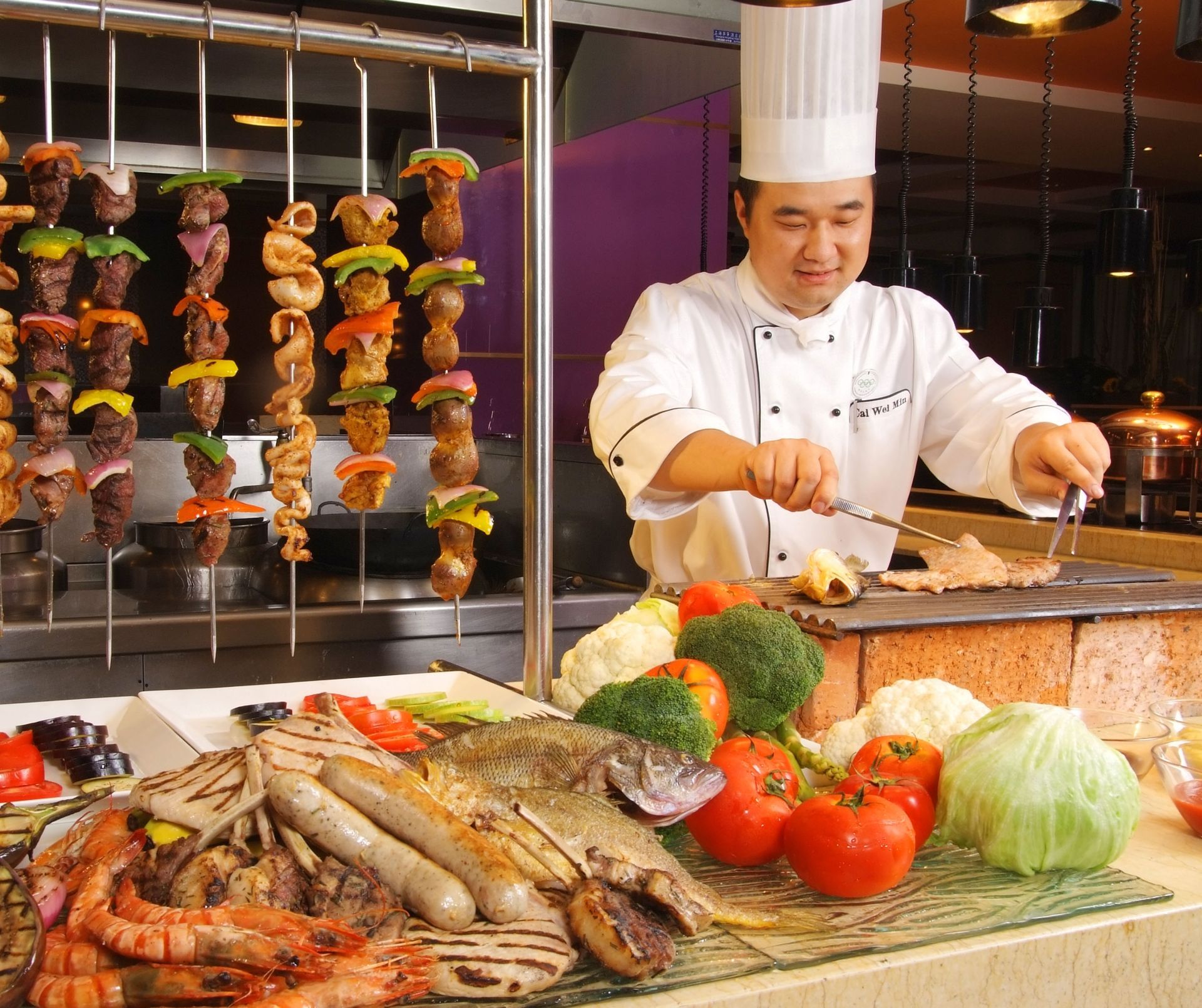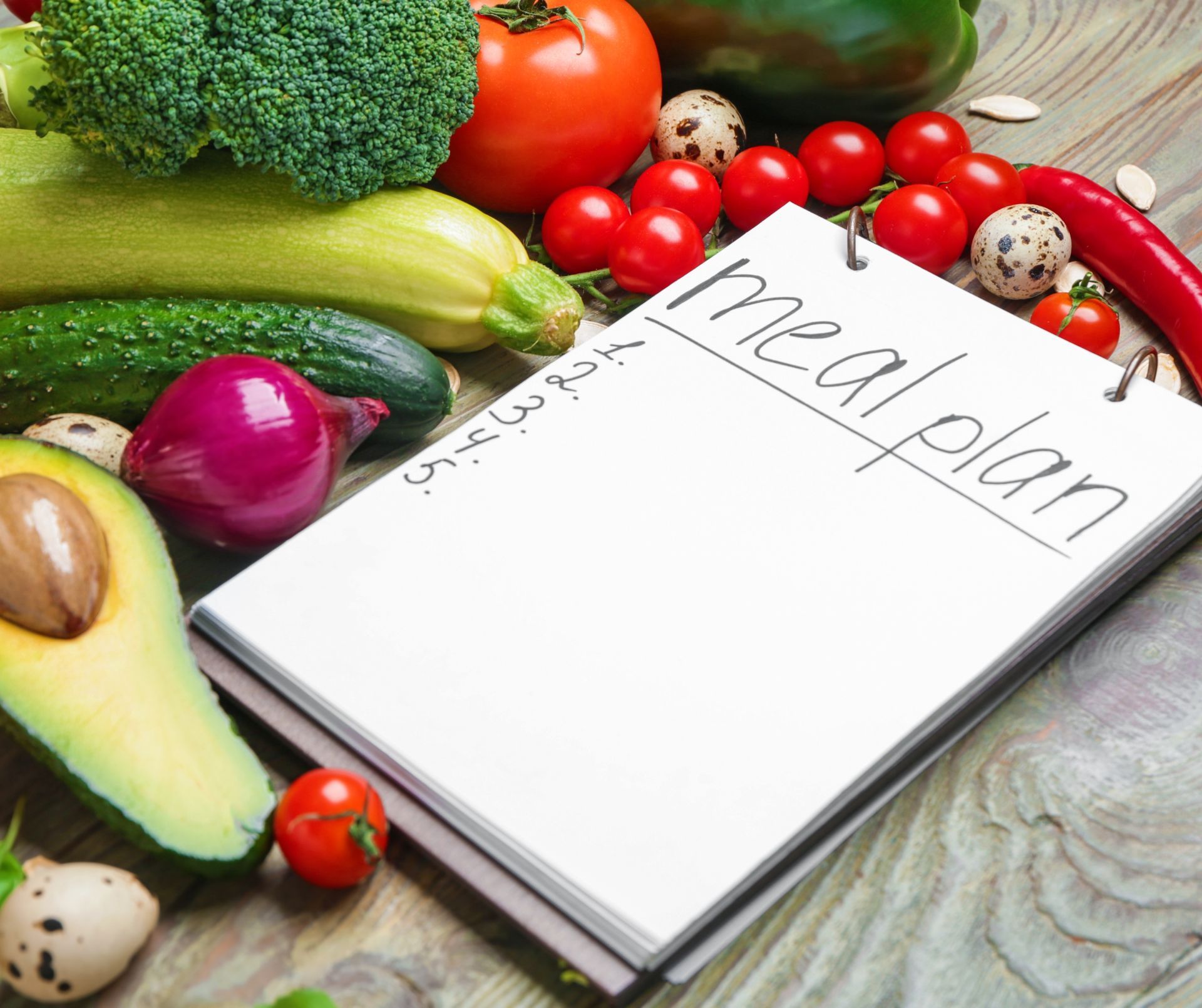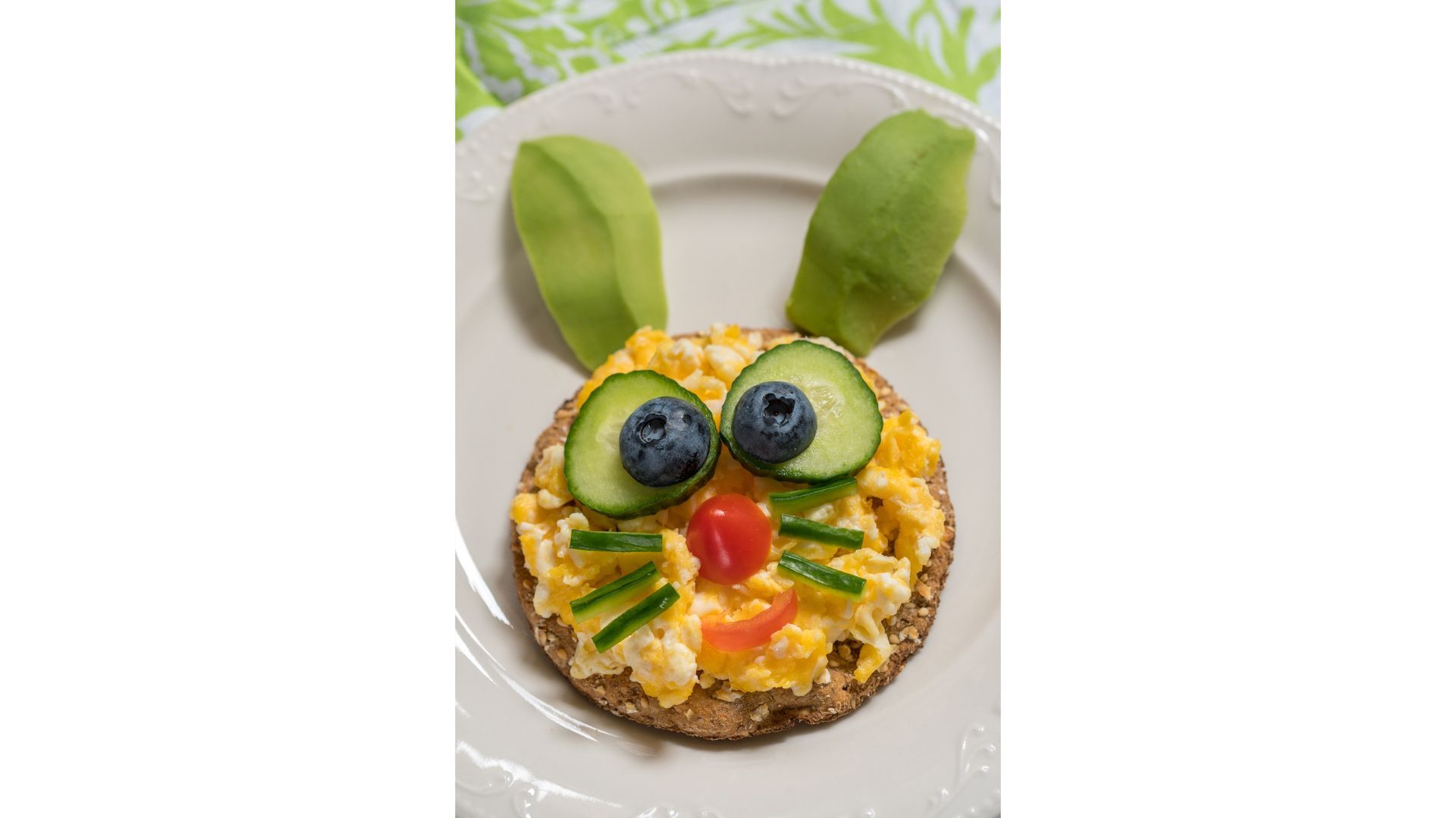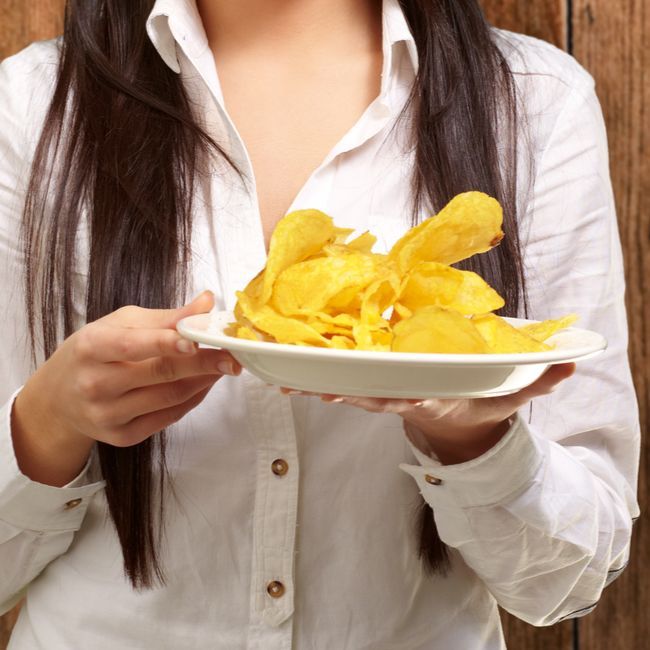Pack Healthy Lunches for Kids
Packing a healthy lunch is an important way to help your kids get through their school day. When deciding what to put in your child’s lunch box, it is a good idea to add variety. Focusing on variety not only makes lunches more interesting, but also makes a lunch that will provide the energy and nutrients that your kids need to grow, play, and learn. Here are some tips for making your child’s lunches enjoyable and nutritious.
For a nutritious lunch box, include the following:
1. One serving of vegetables (≥ 1/2 cup).
2. One serving of fruit (1/2 cup; fresh fruit preferred).
3. One serving of protein: chicken, turkey, fish, eggs, “natural” peanut butter, beans, OR a dairy item, such as a cheese stick, cottage cheese, 4 oz. of lower-sugar (or Greek) yogurt, or low-fat cream cheese.
4. A drink such as water or white milk.
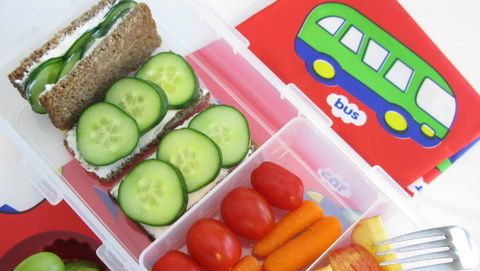
Bag Lunch Tips:
- Use whole wheat bread for added nutrition (it’s more filling).
- Consider a low-calorie (low carbohydrate) bread or wrap.
- If your kids are bored with the traditional sandwich, try a whole wheat (low carbohydrate) wrap that can quickly turn into sandwich swirls.
- Besides turkey and chicken, consider cheese, tuna, or egg salad.
- Sneak veggies like lettuce, cucumber, zucchini, green pepper, or tomato into the sandwich or wrap.
- Add colorful vegetables like carrots, cherry tomatoes, or red pepper slices. Aim for a colorful lunch!
- Use about 2 tablespoons of “natural” or “organic” peanut butter.
- If packing a salad, make sure there is plenty of protein- chicken, turkey, egg, ham, tuna, cottage cheese, etc.
- Consider nuts, seeds, or a 100-calorie snack pack (pretzels/popcorn) for dessert- the less processed the snack, the better.
- Use an insulated container or with a cold pack to keep the meal cool.
- Most importantly, find foods that are quick for you to pack. Consider packing dinner from the night before into lunch containers so that it is easy to make lunch the next morning.
Mix and Match Chart: Select 1 item from each category
| Bread | Fillings | Veggies | Fruits |
|---|---|---|---|
| Whole-wheat pita | Turkey slices | Baby carrots | Banana |
| Tortilla (low-carbohydrate) | Mozzarella cheese | Sugar snap peas | Apple |
| 1/2 Wheat bagel | Natural peanut butter | Cucumber coins | Raisins/dried fruit |
| Whole wheat bun | Cream cheese | Broccoli florets | Cutie/Tangerine |
| Rye bread | Hummus | Zucchini sticks | Melon cubes |




